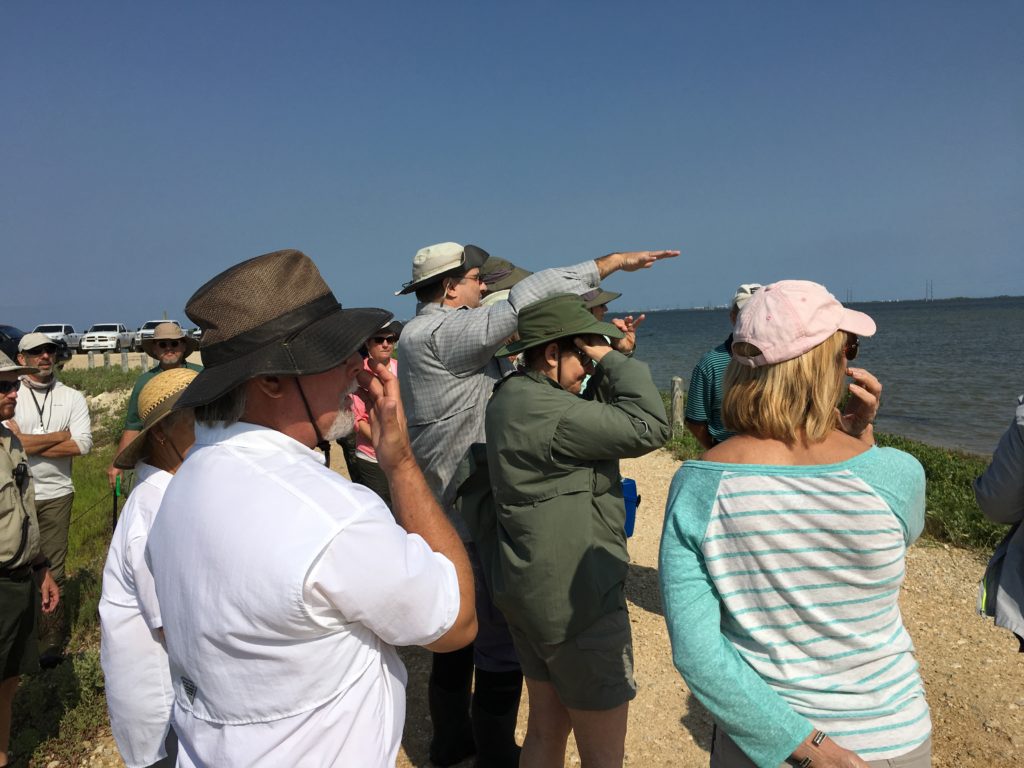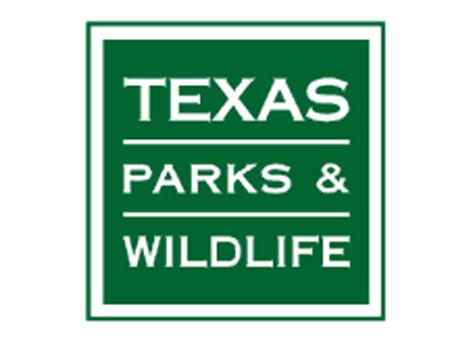I went to the woods because I wished to live deliberately, to front only the essential facts of life, and see if I could not learn what it had to teach, and not, when I came to die, discover that I had not lived.
– Henry David Thoreau
All master naturalists receive training to achieve and maintain their credentials.
Initial Training – In our Initial Training Program, candidates are required to attend 40 hours of initial training through sessions offered by the Chapter and covering Chapter-related opportunities.
Internship Period – Once Initial Training is completed, the trainee becomes an Intern whereby they can continue on to complete the initial 40 hours of volunteer service and eight hours of Advanced Training to become certified.

Advanced Training (for Interns) – In order to achieve their credentials and sanctioned badge, a TMN must complete 8 hours of Advanced Training during their initial/internship period.
A Certified Texas Master Naturalist! Having achieved 40 hours of Initial Training, 8 hours of Advanced Training, and conducted 40 hours of sanctioned volunteer work, the candidate becomes credentialed.

Afterward, each Texas Master Naturalist can maintain their re-Certification by receiving 8 hours of Advanced Training and participating in 40 hours of approved volunteer service each year.


